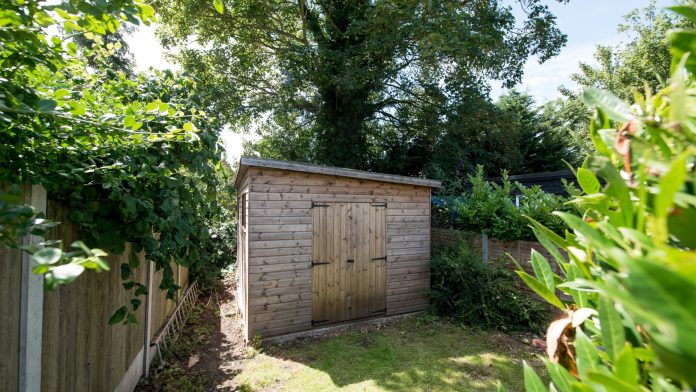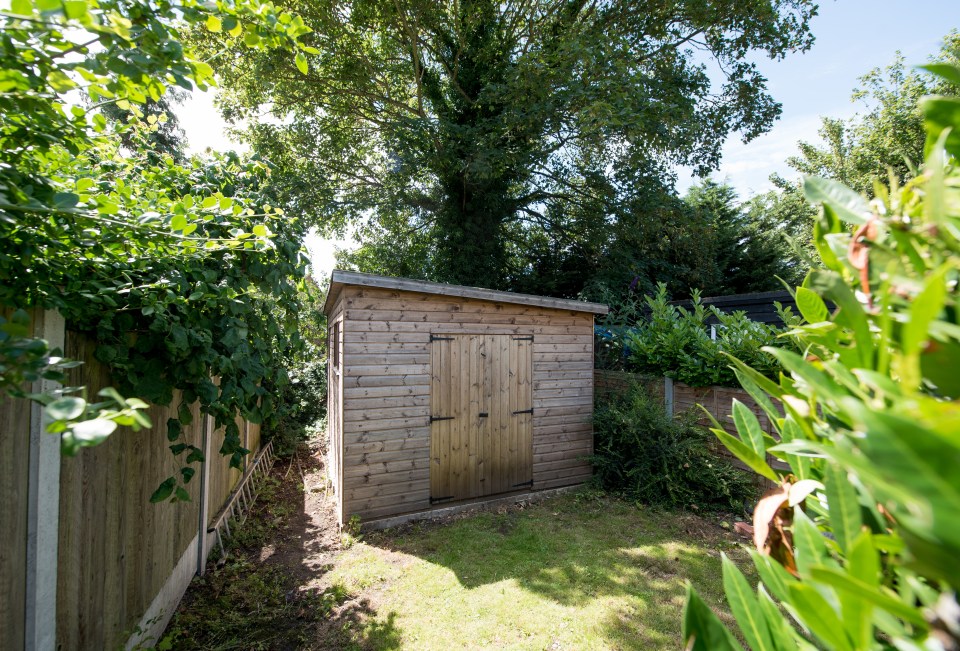Stop Your Shed from Rotting this Winter: Ultimate Guide for Homeowners
As summer bids farewell and the rain starts pouring, it’s easy to think it’s time to pack away our garden tools and gadgets until spring. But hold on! Before you tuck everything away, there are several essential tasks to tackle that will pave the way for a cozy and well-preserved garden shed this winter.
The Met Office has issued multiple warnings across the UK, predicting heavy rain and floods that could pose a threat to outdoor structures. Experts from GardenBuildingsDirect are advising homeowners to take proactive steps to prepare their sheds, summer houses, and garden offices for the harsh conditions of winter. Without proper precautions, wooden structures are at risk of dampness and rot, leading to significant structural issues.
A spokesperson from the shed company puts it simply: “Protecting wooden sheds, summerhouses, and other outdoor buildings will not only improve their longevity but also save you from costly replacements.”
Elevate Your Shed’s Base
One of the **best ways to prepare your shed for winter** is to ensure that its ceiling and floor are safeguarded against the elements. To enhance protection, elevate the base of your shed on a wooden panel or concrete foundation. By doing this, you prevent moisture from the ground from seeping in, which can cause rotting issues.
Moreover, it’s crucial to inspect your shed’s roof for any damage. Check the roofing felt or shingles to ensure they are intact; replacing these elements regularly will not only protect the roof but also provide necessary insulation during those chilly months.
Inspect Windows and Doors
Next on the **checklist for winter-proofing your shed** are the windows and doors. Regular maintenance here can guarantee that your shed stays waterproof throughout winter. Over time, wooden frames can shrink, leading to cracks where water can infiltrate.
Don’t worry if you find some gaps. Simply fill them in with wood filler and address any already-rotted wood to put your shed back in top shape. Additionally, while ventilation is essential, avoid leaving windows open during heavy rains or snowfalls. Instead, install static vents within your shed and use bug nets to keep pests at bay.
Essential September Gardening Tasks
As autumn rolls in, there are various gardening tasks you can tackle. Here are a few crucial jobs to get you started:
- Think Ahead for Spring Bulbs – Now is the perfect time to plan for traditional daffodils, crocuses, and even unique varieties like snake-head fritillaries.
- Support Local Bees – Plant autumn-flowering pollinators such as sedums, honeysuckle, and asters to ensure our buzzing friends have food even in the cooler months.
- Harvest Your Potatoes – Get your maincrop potatoes out of the ground to prevent slug damage.
- Adjust Lawn Care – Raise your lawnmower’s height, reduce mowing frequency, and give your lawn an autumn feed to prepare for the frosty season.
Wood Preservation Techniques
To stave off **wood rot and mold**, it’s essential to prioritize wood preservation each year. Selecting the right wood preservative can significantly prolong the life of your shed, so make sure to do detailed research before making a purchase.
Using a reliable wood preservative tailored to your shed’s material will help you combat the detrimental effects of moisture and promote a healthy structure. A little care in this aspect goes a long way in maintaining your shed’s integrity.
In conclusion, by following these practical steps, you can enjoy peace of mind while your shed stands strong against the winter elements. A bit of effort now will yield immense benefits and keep your outdoor sanctuary safe and sound until the sun shines again!


